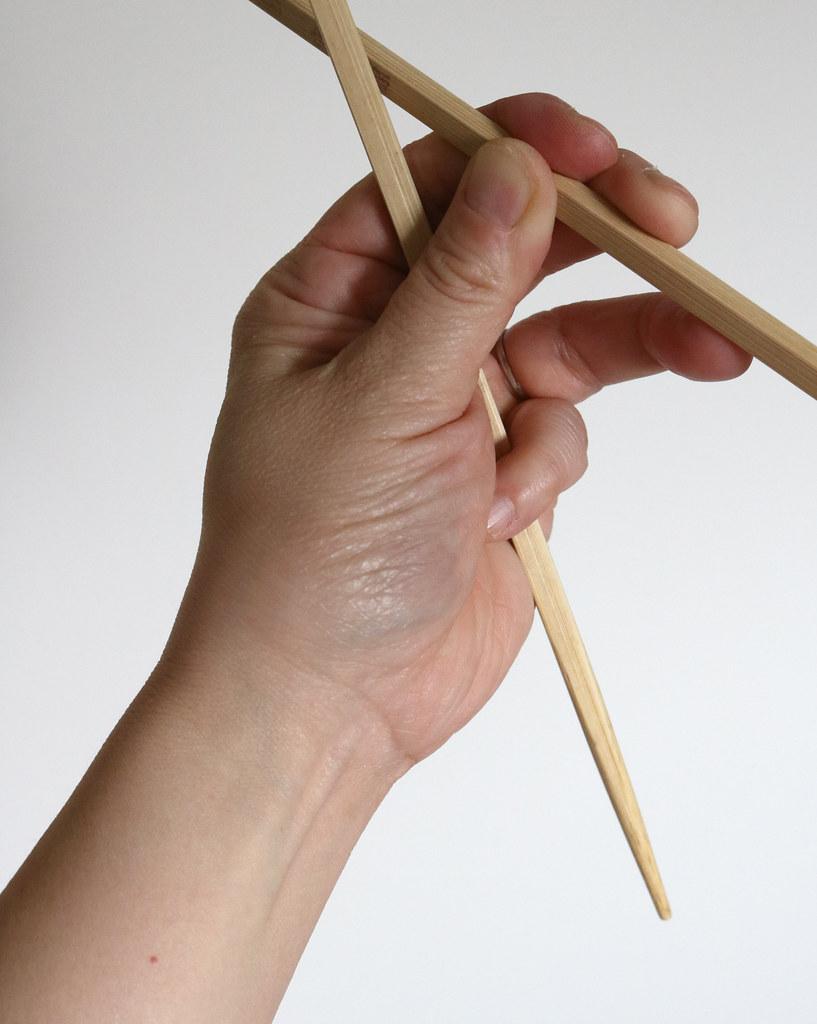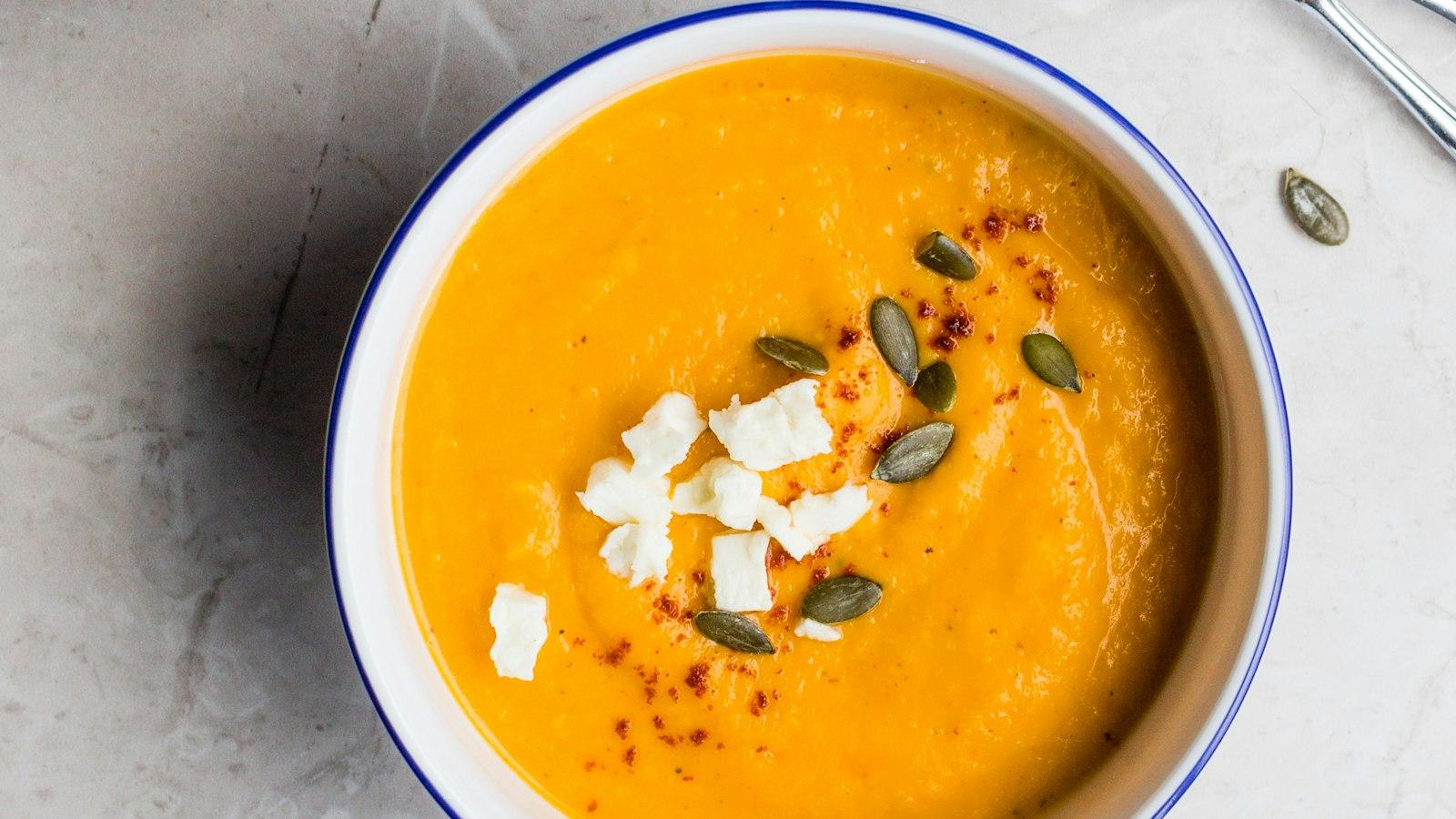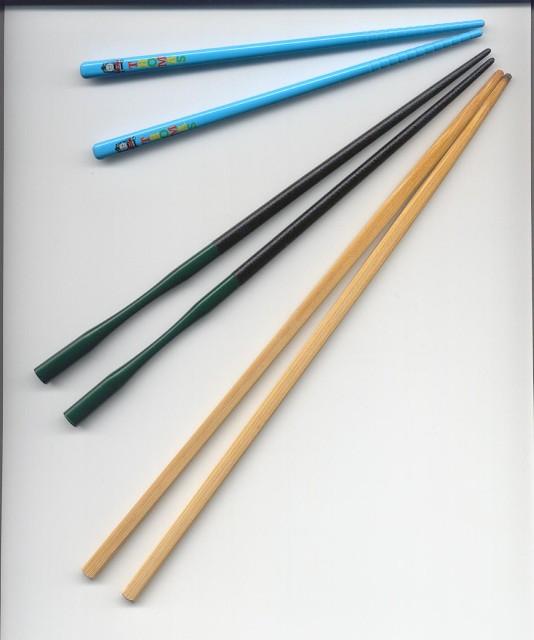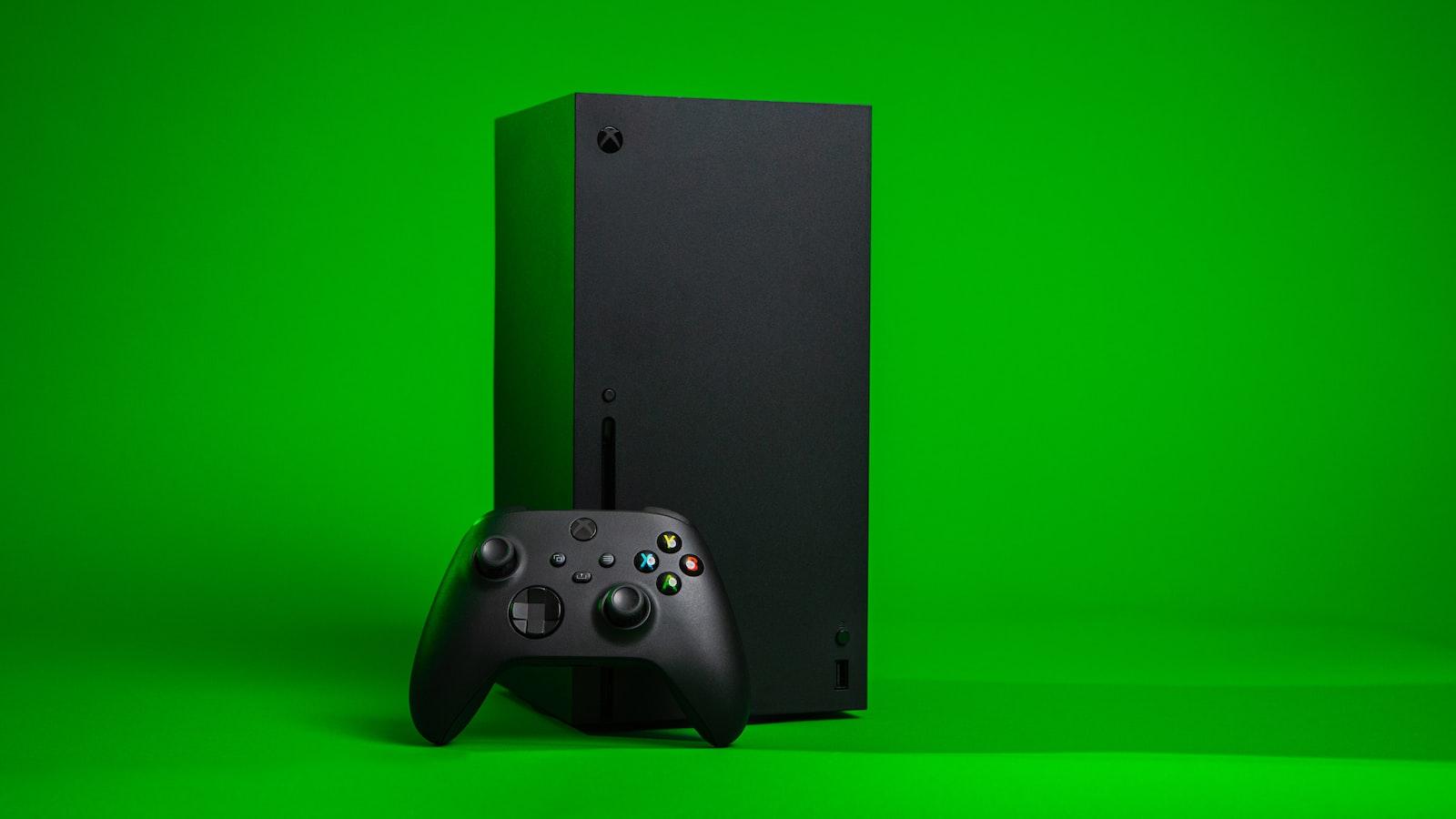
Chopsticks, the ancient utensils originating from China, have been an integral part of many eastern cultures for thousands of years. While mastering the art of using chopsticks may seem daunting to beginners, it is in fact a skill that can be easily acquired with practice and patience. Whether you’re a chopstick novice or someone looking to refine their technique, this article will guide you through the fundamentals of how to use chopsticks effectively. With a focus on proper grip, hand positioning, and movement, you will soon be gliding effortlessly through meals, impressing others with your dexterity. Join us as we delve into the world of chopsticks and unlock the secrets to successfully navigate any Asian cuisine.
Choosing the Right Chopsticks
Using chopsticks may seem daunting at first, but with some practice and the right technique, you’ll be able to master this skill in no time. In this post, we’ll guide you on how to choose the right chopsticks and provide you with tips to make using them easier and more enjoyable.
Material Matters
Chopsticks can be made from various materials such as bamboo, wood, metal, or plastic. Each material has its own advantages and considerations. Bamboo and wood chopsticks are traditional, lightweight, and offer a natural grip. Metal chopsticks are durable and great for cooking, while plastic chopsticks are lightweight, easy to clean, and often come with textured tips for enhanced grip.
Choosing the Right Size
Chopsticks come in different lengths and thicknesses. When choosing the right size, consider your hand size and dexterity. Longer chopsticks provide a wider range of motion and are ideal for cooking or serving, while shorter chopsticks are easier to handle for beginners or those with smaller hands. Additionally, thicker chopsticks offer a sturdier grip, providing more control when picking up food.
Mastering the Technique
Hold one chopstick like a pencil, placing it between your thumb and index finger. Use your middle finger to support it. Hold the other chopstick between your thumb and middle finger. Rest it on your ring finger. Keep the lower chopstick stationary, using your index and middle fingers to control its movement. Practice opening and closing the chopsticks in a pinching motion until you feel comfortable.
Practice Makes Perfect
Start by practicing with larger and easier-to-grip food, such as diced fruits or vegetables. Once you gain confidence, move on to picking up smaller objects like rice or beans. Don’t be discouraged if you drop some food at first – it’s all part of the learning process. With regular practice, you’ll soon find yourself effortlessly enjoying your favorite Asian dishes using chopsticks!
Additional Tips
- Avoid using your chopsticks to stab or impale food as it is considered impolite.
- When not in use, rest chopsticks horizontally on the chopstick rest or on the edge of a plate.
- Never pass food directly from your chopsticks to someone else’s, as this is a funeral ritual in some Asian cultures.
- Remember to never cross your chopsticks, as it symbolizes death and is considered bad luck.

Mastering the Basic Grip
Using chopsticks may seem challenging at first, but with practice, you can master the basic grip and elevate your dining experience. Here are some essential tips and techniques to help you become proficient in using chopsticks.
1. Choosing the Right Chopsticks:
Traditionally, chopsticks are made of wood or bamboo. They’re lightweight, easy to hold, and provide a good grip. Make sure to select chopsticks of the appropriate length for your comfort. Longer chopsticks offer more reach, while shorter ones provide better control.
2. Correct Hand Placement:
Hold the first chopstick as if you were holding a pencil. Place it between the base of your thumb and the top joint of your index finger. Rest the narrow end of the chopstick on the base of your thumb to stabilize it. Position the second chopstick parallel to the first one. Grip it between your thumb and the tip of your ring finger. The second chopstick should act as a pivot while you control the movement with the first chopstick.
3. Practice the Pincer Motion:
Mastering the pincer motion is crucial in using chopsticks effectively. Practice opening and closing the chopsticks using your thumb and index finger. Start off with small objects like peanuts or beans to improve your dexterity. Gradually progress to larger items as you gain confidence.
4. Maintaining Proper Form:
- Avoid crossing the chopsticks while using them.
- Ensure both chopsticks are parallel to each other throughout.
- Don’t let the upper chopstick slide out of control.
- Try to move the lower chopstick instead, keeping the upper chopstick stationary.
- Hold the chopsticks one-third of the way from the top, striking a balance between control and flexibility.
5. Food Handling Techniques:
When picking up food, use a gentle but firm grip. Position the food closer to the tip of the chopsticks for better control. For larger items, such as sushi or dumplings, use both chopsticks near their ends to grasp and lift the food. Remember to practice and experiment with different techniques to find what suits your comfort and dining needs.

Navigating Different Types of Food
Using chopsticks can be a bit daunting for those who are not familiar with this ancient utensil. However, with a little practice and some helpful tips, you’ll be maneuvering your chopsticks like a pro in no time. Here’s a step-by-step guide on how to use chopsticks effectively:
Holding the chopsticks: Hold one chopstick like you would hold a pencil, placing it between your thumb and the base of your index finger. Next, add the second chopstick to your grip, holding it between your thumb and middle finger, while letting the tip rest on the fingertip/base of your ring finger.
Stabilizing the chopsticks: To stabilize the chopsticks, rest the bottom chopstick on the base of your thumb, while using your index finger to press down lightly on the top chopstick. This will create a pivot point, allowing you to control the movement of the chopsticks more easily.
Opening and closing the chopsticks: Practice opening and closing the chopsticks by gently squeezing them together. Ideally, the chopsticks should be parallel to each other when closed, with the tips aligned. Keep in mind that the upper chopstick should move, while the bottom one remains stable.
Picking up food: When picking up food with chopsticks, approach the dish at a slight angle to get a good grip. Focus on using the tips of the chopsticks to grasp the food firmly, whether it’s sushi, noodles, or vegetables. Start with larger pieces of food initially, and gradually progress to smaller, more delicate items.
Practice makes perfect: Like any new skill, mastering chopsticks requires practice. Start with simple exercises, such as transferring small objects between containers or picking up beans or grains. As you gain confidence, challenge yourself with more complex tasks. Remember, the key to becoming proficient with chopsticks is patience and persistence.
To enhance your chopstick skills, you can also try using a chopstick rest or wrapping a small rubber band around the top halves of the chopsticks. These aids can provide additional stability and control as you get accustomed to the technique.
In conclusion, using chopsticks may feel unfamiliar at first, but with practice and the right technique, it becomes second nature. By following these steps and dedicating some time to honing your skills, you’ll soon be able to navigate various types of food effortlessly using chopsticks. So grab a pair, start practicing, and get ready to enjoy your favorite Asian cuisine in the most authentic way!
Using Chopsticks for Specific Dishes
Sushi:
If you’re a sushi enthusiast, using chopsticks is essential for the full experience. To pick up sushi with chopsticks, follow these steps:
- Hold one chopstick between your thumb and index finger, like holding a pencil.
- Position the other chopstick so that it rests on the base of your thumb and is touching the first chopstick.
- Move the second chopstick up and down with your middle and index fingers to control its opening and closing.
- Use gentle pressure to pinch the sushi roll and lift it off the plate.
- Enjoy your perfectly picked up sushi!
Noodles:
Noodles can be a bit trickier to master, but with practice, you’ll become a chopstick pro. When using chopsticks for noodle dishes such as ramen or pad thai, try these techniques:
- Hold your chopsticks towards their end, allowing for a wider opening between the tips.
- Avoid trying to twirl the noodles; instead, lift smaller portions with the chopsticks and bring them close to your mouth.
- If you’re having difficulty picking up long noodles, you can use a spoon as a supporting tool.
- Remember to slurp your noodles politely, as it’s a sign of enjoying the dish in many Asian cultures.
Dumplings:
Dumplings are a popular choice and can be enjoyed with chopsticks or by hand. If you prefer chopsticks, here’s how to handle them:
- Hold one chopstick firmly in place between the base of your thumb and the palm of your hand.
- Use your other chopstick to press down on the dumpling, securing it in place.
- Release pressure with your first chopstick while lifting the dumpling.
- Enjoy your delicious dumpling with the dipping sauce!
Stir-Fry:
Stir-fry dishes require a bit more dexterity, but with patience, you’ll be able to conquer them with chopsticks. Follow these tips:
- Hold your chopsticks towards the upper third, creating a longer lever to control their movement.
- Use a scooping motion combined with your wrist to pick up the ingredients.
- If you’re struggling, you can always resort to using a fork for larger pieces of food.
- Remember, practice makes perfect, and soon enough, you’ll be effortlessly stir-frying those veggies!
Whether you’re indulging in sushi, noodles, dumplings, or stir-fry, using chopsticks adds an authentic touch to your dining experience. Embrace the art of chopstick etiquette and enjoy your meals with a newfound appreciation for Asian cuisine.

Pro Tips for Chopstick Mastery
Using chopsticks may seem challenging at first, but with a little practice and these pro tips, you’ll soon become a chopstick master!
Choose the Right Chopsticks
Material: Opt for chopsticks made of bamboo or wood, as they provide a better grip. Avoid metal chopsticks as they can be slippery.
Length: Beginners may find longer chopsticks easier to handle, while shorter ones offer more control. Experiment with both to find the perfect fit.
Texture: Look for chopsticks with a slightly roughened surface. This will prevent food from slipping out of your grasp.
Master the Hold
Placement: Hold one chopstick between your thumb and middle finger, and rest it on your ring finger. Use your index finger to secure it.
Triangle Technique: Place the second chopstick between your thumb and index finger, secured at the base of your thumb and parallel to the first chopstick. This forms a triangle shape.
Practice: Spend some time mastering the hold, gradually increasing your speed and control. Start with picking up larger objects like grapes or olives, and then progress to smaller pieces of food.
Proper Form
Alignment: Keep the chopsticks aligned, ensuring they are parallel throughout their length.
Movement: Practice smooth, fluid movements—do not jerk or twist your chopsticks.
Pivot: Move the top chopstick with your index finger while using the bottom chopstick as the anchor.
Elevate Your Skills
Chopstick Helpers: If you’re finding it difficult, try using chopstick helpers such as training chopsticks or rubber bands to keep the chopsticks together.
Food Arrangement: When dining out, try ordering dishes that are easier to eat with chopsticks, such as stir-fries or sushi rolls.
Cleaning and Storage
Cleaning: After each use, wash your chopsticks with warm, soapy water, removing any food particles. Air dry or pat dry with a clean cloth.
Storage: Store your chopsticks in a clean, dry place with the tips facing upward to prevent any contamination. Avoid placing them directly on the table.
| Common Mistakes | Solutions |
|---|---|
| Holding chopsticks too tightly | Relax your grip and let the chopsticks do the work. |
| Using only one chopstick as a spear | Remember to use both chopsticks in unison to grasp the food. |
| Stabbing food with chopsticks | Avoid this by perfecting your technique and focusing on gripping, not stabbing. |
Q&A
Q: What are chopsticks and how are they used?
A: Chopsticks are utensils used for eating in many East Asian countries. They consist of two long, thin sticks typically made of wood or bamboo. They are held in one hand and used to efficiently pick up food and bring it to your mouth.
Q: Is there a specific way to hold chopsticks?
A: Yes, there is a proper way to hold chopsticks. Hold one chopstick between your thumb and index finger, like holding a pen. Rest this chopstick against your ring finger. Use your middle finger to hold the second chopstick, placing it between your thumb and index finger. These two fingers should act as a pivot, allowing you to move the upper chopstick up and down.
Q: What is the correct position of the chopsticks in the hand?
A: The lower chopstick should be held steady, resting at the base of your thumb. The upper chopstick is the one that moves while eating. Remember to keep a firm grip, but don’t squeeze too tightly as it may cause discomfort.
Q: Are chopsticks difficult to use for beginners?
A: Chopstick usage can be challenging at first, especially for beginners who haven’t grown up using them. However, with a little practice and patience, anyone can become proficient in using chopsticks. It may take a few attempts, but don’t get discouraged as it will become more natural over time.
Q: How do I pick up food using chopsticks?
A: To pick up food, position the upper chopstick closer to the tips of your fingers and use it to hold and move the food. The lower chopstick should stay stationary, acting as a support. Practice precise movements to grasp small pieces of food. It may help to initially start with larger or sturdier items until you become more skilled.
Q: Are there any specific foods that are easier or harder to eat with chopsticks?
A: Generally, chopsticks are suitable for a wide variety of foods, including grains, noodles, vegetables, and meats. However, some foods may pose a bit more of a challenge, particularly those that are slippery or small. Practice will help you build the necessary dexterity to handle different types of food efficiently.
Q: How can I improve my chopstick skills?
A: Consistent practice is the key to improving your chopstick skills. Begin with simple exercises, like transferring objects between two bowls, and gradually progress to more complicated tasks. Experiment with different types of food to gain versatility. Remember to be patient and enjoy the learning process.
Q: Should I use chopsticks for every meal in East Asian countries?
A: While chopsticks are commonly used in East Asian countries, it is not obligatory for everyone to use them. Many places also provide forks and spoons as alternatives. However, using chopsticks when dining in these regions can be a fun and immersive experience, allowing you to embrace the local culture and traditions.
Q: Are there any etiquette rules related to using chopsticks?
A: Yes, there are some basic etiquette rules to keep in mind when using chopsticks. Avoid pointing, tapping, or waving your chopsticks around as it may be considered impolite. Additionally, never stick chopsticks vertically into a bowl of rice, as this gesture resembles incense used at funerals. It is also courteous to wait until everyone has their food before you begin eating. In conclusion, learning how to use chopsticks is an enjoyable process that anyone can undertake with a little patience and practice. Although it may seem daunting at first, following these simple steps will enable you to confidently pick up and enjoy various delicacies using these elegant utensils. Remember to hold the chopsticks correctly, maintain a relaxed grip, and use gentle, controlled movements to manipulate your food. Additionally, familiarize yourself with the different techniques, such as the pinch and pivot or the scoop method, to accommodate different types of dishes. With time and experience, using chopsticks will become second nature and you’ll be able to fully appreciate the art and tradition that these utensils embody. So, go ahead and embrace this valuable skill, and impress your friends and family with your mastery of the chopstick technique. Happy dining and chopstick adventures!






